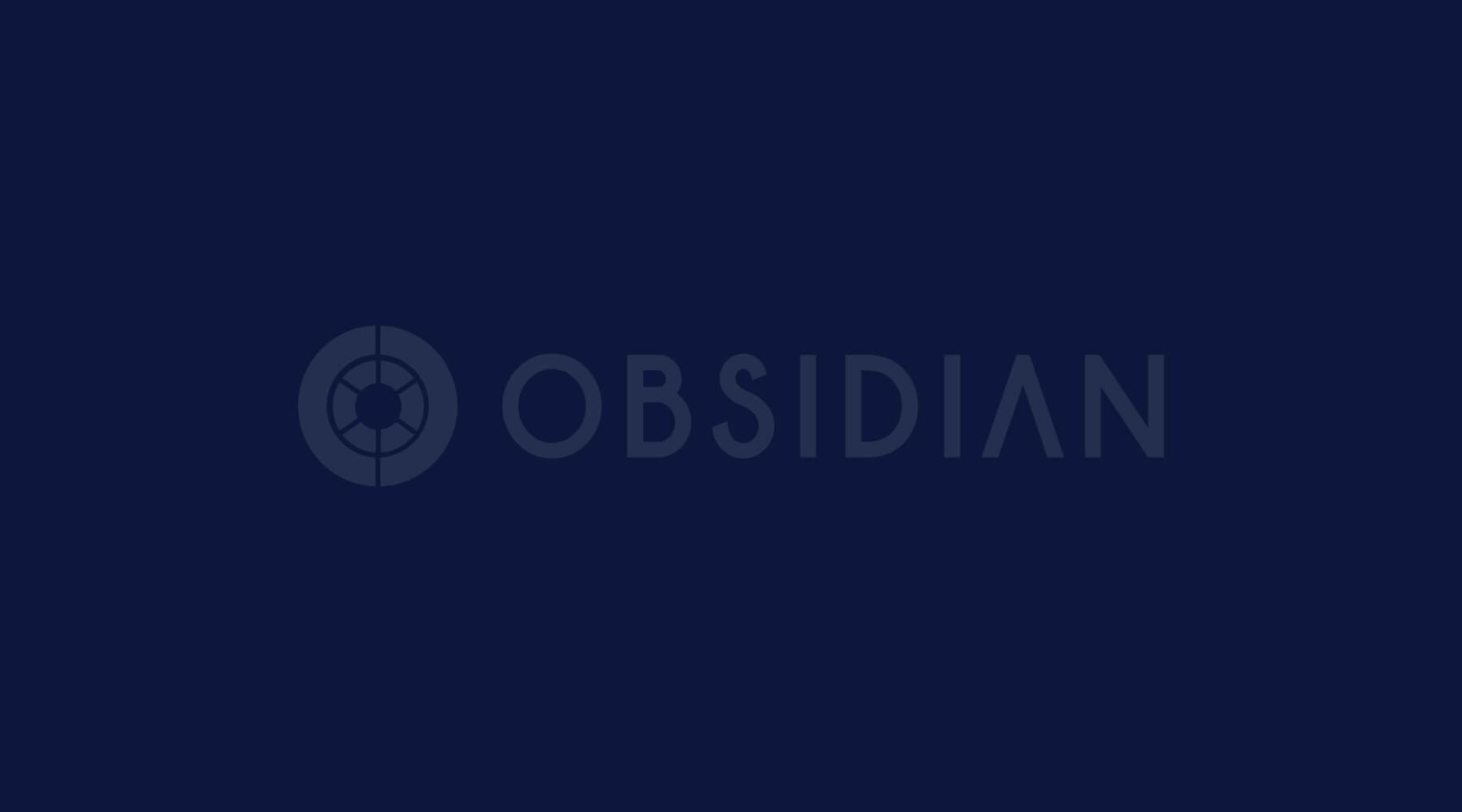This blog is reposted from an article originally published on August 19, 2022 by Michael Novinson and ISMG. Listen to the full interview here.
Obsidian Security has in recent months invested in giving enterprises more visibility into how their SaaS applications are talking to other SaaS applications so that supply chain compromise can be more easily recognized, CEO Hasan Imam says. This linkage has required Obsidian to better understand how SaaS applications are connected as well as the threat vectors related to those integration points, Imam says.
Organizations must distinguish between normal and abnormal data movement between SaaS applications, which means they must know who’s accessing those systems and how often, so typical behavior can be modeled out, Imam says. From there, it becomes easier to detect potential attacks, especially when a valid token is being used but the user behavior or activity is very unusual (see: Obsidian Security Raises $90M to Safeguard More SaaS Apps).
“We believe it’s very important to build out depth of coverage around the core SaaS applications because that represents 90% of the risk and threat to enterprises,” Imam says.
In this audio interview with Information Security Media Group, Imam also discusses:
- The top security risks around safeguarding user credentials;
- Why it’s hard to detect breaches involving valid certificates;
- Key differences between cloud and SaaS posture management.
Imam, who joined Obsidian as CEO at the start of 2021, previously spent nearly five years at Shape Security, ending in a two-year stint as the web and mobile application security vendor’s chief revenue and customer officer. Before joining Shape, Imam spent three years at DocuSign, where he led the e-signature company’s industry and horizontal solutions. Prior to that, he spent more than three years at Hewlett-Packard, where he oversaw strategic accounts and operations.


